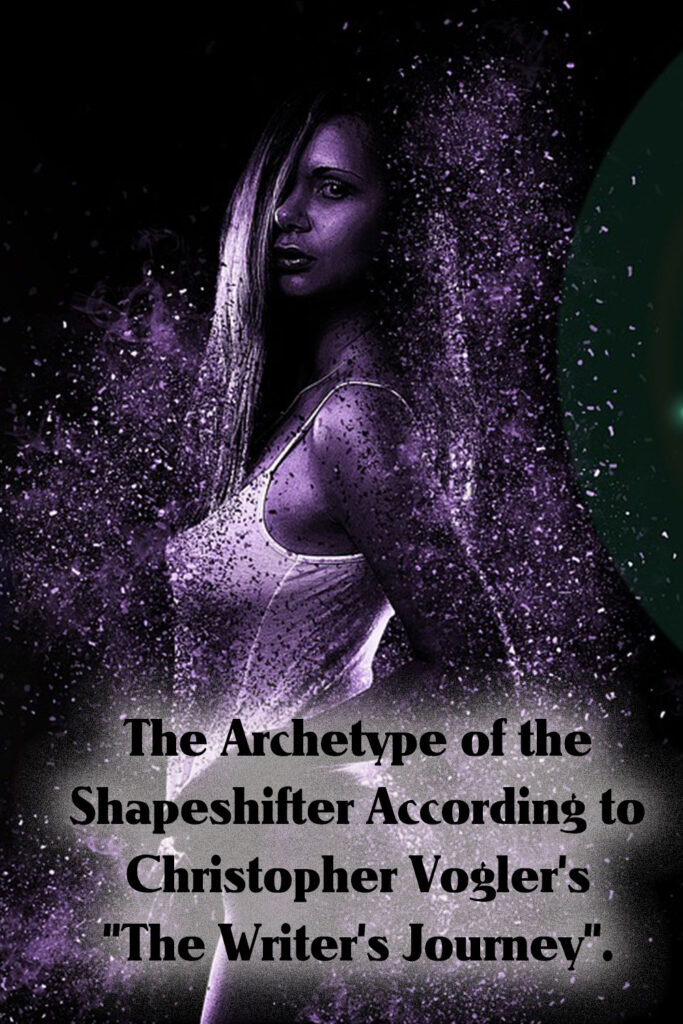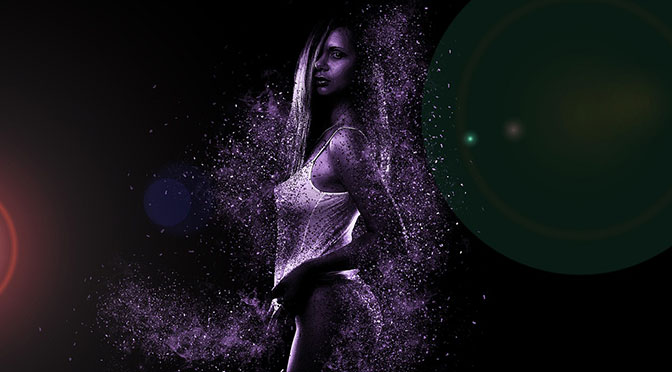What comes to mind when you think of a shapeshifter? Perhaps creatures like werewolves, vampires, or even Transformers that can change shape. But according to Christopher Vogler’s interpretation of the hero’s journey, the shapeshifter archetype isn’t about physical transformation at all. Instead, it is a character whose true nature and affiliation are unclear, often leading the protagonist astray. In this blog post, we will explore how the shapeshifter archetype can be used in erotic stories to create compelling and convincing characters.
The shapeshifter archetype can be a complex and multi-layered character that can transform a bland story into an exciting one. This character can come in a variety of forms: the lover who is not what she seems; the villain who has redeeming qualities; or a protagonist who is not what he seems. In erotic stories, the shapeshifter archetype can be used to create characters who are compelling and captivating. A love affair, for example, can be unpredictable, complicated, and suspenseful to the end.
According to Christopher Vogler’s “Writer’s Journey,” the shape-shifting archetype is a central character that challenges the hero’s journey. An example of this is the character Scar in “The Lion King.” Scar is the hero’s uncle, who at first seems like a trusted advisor, but later we learn that he has ulterior motives and is actually the main antagonist of the story. In erotic stories, the shapeshifter archetype can be used in a similar way to challenge the protagonist and drive the development of the overall plot and character arc.
When using the shapeshifter archetype, it’s important to keep the audience engaged and guessing. The character’s transformation should be subtle, and the reader should not learn what the character really is until later in the story. The character’s transformation should be plausible and not contrived, as this can lead to a loss of credibility. Therefore, it is important to include hints or foreshadowing so that the revelation does not come out of nowhere.
Here are a few examples of movies where the shapeshifter function is set in place to manipulate others and build additional tension. These films use the shapeshifter archetype to create characters who can change their identity or appearance to achieve their goals. This often involves sexual manipulation and power plays that fascinate and challenge the audience.
“Body Double” (1984): In this film, the main character Holly Body (played by Melanie Griffith) is portrayed as a shape-shifter. The protagonist Jake Scully gets to know her because she undresses at the window every night at the same time. Only late in the film it turns out that the neighbor was in fact imitated by a porn actress, hired to provide an alibi for the murderer of the real neighbor.
In “Something Wild” (1986), the character of Audrey Hankel (played by Melanie Griffith) is portrayed as a shape-shifter. She is a seductive woman who takes the protagonist Charlie on a wild journey. However, as the film progresses, it becomes apparent that she has many secrets and is not as innocent as she first seems.
“Indecent Proposal” (1993): This movie is about a married couple who gets an immoral proposal from a billionaire. The billionaire’s main character is portrayed as a shapeshifter who is friendly and charming at first, but later reveals his true intentions.
“The Last Seduction” (1994): This neo-noir thriller film is about a con artist who uses her sexual attraction to take advantage of men. The main character is portrayed as a shape-shifter who changes her identity and personality to achieve her goals.
“Wild Things” (1998): In this film, Denise Richards’ character is portrayed as a shapeshifter. She is innocent and shy at first, but as the movie progresses, she shows her manipulative side to achieve her goals.
In “Jennifer’s Body” (2009), the character of Jennifer Check (played by Megan Fox) is portrayed as a shape-shifter. She is initially portrayed as a simple teenager who is trying herself out sexually. The fact that she is demonically possessed and feeds on human flesh after a Satanic ritual gone wrong is something that her best friend Anita only realizes towards the end of the film.
In “Sin City 2: A Dame to Kill For” (2014), the character of Ava Lord (played by Eva Green) is portrayed as a shapeshifter. She is a beautiful woman who uses her sexual attraction to manipulate and control men. However, as the film progresses, it becomes apparent that she also has a dark side and is willing to walk over dead bodies to achieve her goals.
The shapeshifter archetype is an important character that can add depth and intrigue to erotic stories. The function of this character is not only to captivate the reader, but also to move the plot forward and challenge the protagonist in unexpected ways. If you create multi-faceted characters that keep the audience engaged, the shapeshifter archetype can lead to compelling and memorable stories. It’s important to execute this character well so that the reveal is believable and compelling and maintains credibility with the reader. So add some excitement and spice to your erotic stories by using the shapeshifter archetype.


